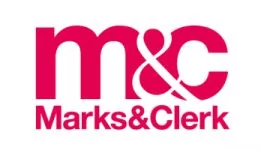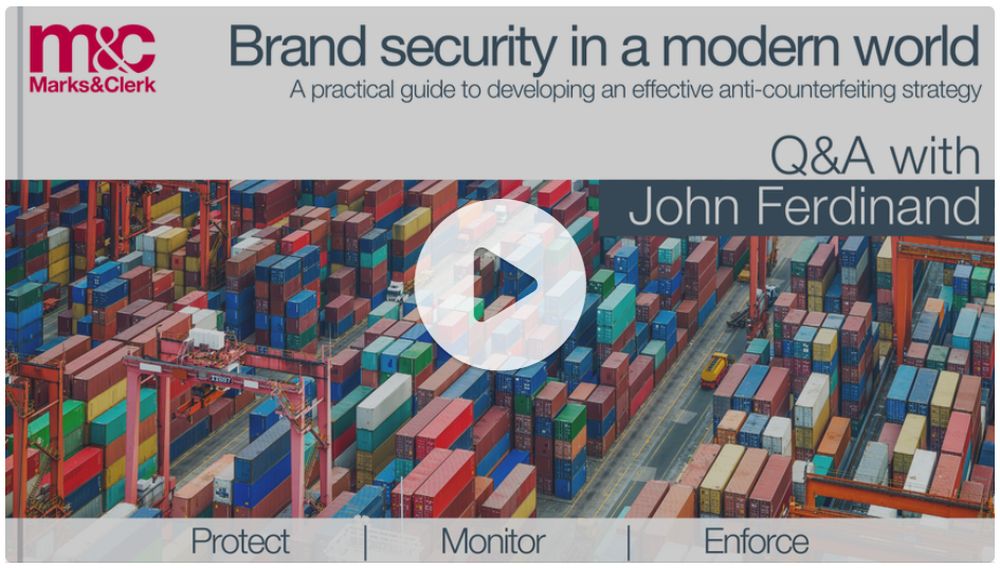- within Immigration topic(s)
Headlines continue to highlight the growing threat of counterfeit activity - from Chanel's $4m lawsuit to the alarming FDA warning about counterfeit Ozempic injections, 2025 is proving no different.
Following the release of Marks & Clerk's brand
protection eBook, Brand Security in a Modern World, late last
year, author John Ferdinand dives into what defines a
brand, and why and how it can be protected from counterfeit
activity at every stage of its lifecycle.
Key takeaways from the discussion:
- A brand can be a business's most valuable asset - it enables customer retention, attracts new business, and allows for product expansion based on built-up brand equity.
- Brand distinctiveness is crucial for protection - invented names like "Pepsi" or "Kodak" are easier to protect than descriptive or generic terms.
- Protection is critical at all stages of a brand
lifecycle:
- During brand creation (before any launch)
- At product launch
- During brand expansion into new territories or product categories
- When defending market position
- Comprehensive protection covers multiple elements - consider protecting your brand name, logo, product shape, packaging design, and other distinctive features.
- Early protection is essential - addressing brand protection as early as possible in the lifecycle helps prevent costly problems later.
John will be joining members of Marks & Clerk's UK, European, Canadian, Greater China and Asia Pacific teams at the INTA 2025 Annual Meeting in San Diego, California from 17-21 May.
... the sooner you can start considering brand protection strategy and getting protection in place, the easier it will be for you to successfully prevent third parties from copying your brand.
The content of this article is intended to provide a general guide to the subject matter. Specialist advice should be sought about your specific circumstances.



